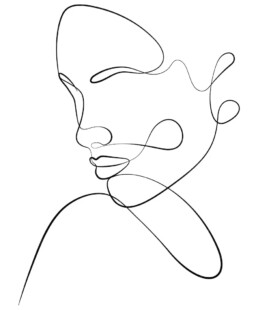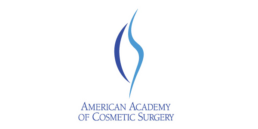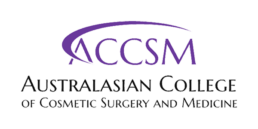One of the normal effects of ageing is that the face loses elasticity and volume
Facial ageing can be attributed to a myriad of factors including the effects of gravity over time, skeletal structural changes, soft tissue atrophy and general skin ageing. One of the key effects of ageing is that the face suffers from a loss of volume. This can start to occur even in the late 20s. Along with ageing, sudden signs of facial volume loss can also be triggered by stressful life events such as redundancy, divorce, bereavement and illness. Significant weight loss or weight gain can affect the ligaments that support the soft tissue of the face which can cause the face to drop resulting in sunken cheeks, heavy jowls, premature lines and wrinkles.

Discover
OUR APPROACH TO Fat Transfer to the Face
By strategically replacing facial volume with fat grafting, it is possible to regain a fuller and more youthful appearance. Our practitioners have a special interest in the field of fat transfer procedures for the face, lips and breasts. Precise aesthetic judgment helps ensure that patients receive a natural and satisfying result.
Recovery typically involves wearing a compression garment over the areas of liposuction for 2 weeks. We recommend no heavy lifting or strenuous exercise for approximately 4 weeks following surgery. Most of our patients return to relatively normal activity and sedentary work after 3 days.
All surgery carries risks which are important to understand so that you make a well-informed decision. Complications associated with fat grafting include bleeding, infection, fat necrosis/lumpiness, poor fat survival, asymmetry, deep vein thrombosis (blood clots in the legs) and anaesthetic complications. Risks associated with liposuction must also be considered.
This listing is not all-inclusive and patients may be at risk for additional complications depending on their past medical and surgical history. A thorough discussion will occur during consultation with your doctor including ways to mitigate risks prior to surgery and steps taken to treat complications should they occur.
Common areas of facial volume loss
- Tear troughs (hollow area under the eyes)
- Mid-face volume loss (apples of cheeks)
- Nasolabial folds (the lines between the nose and sides of the upper lip)
- Jowls (sagging of the jawline area)
- Lips and perioral lines (smoker’s lines)
What is autologous fat transfer?
Autologous fat transfer involves taking some fat (usually from the abdomen, thighs or hips) and, after preparation, strategically injecting it into areas of facial volume loss. The fat is harvested by liposuction. This fat is then massaged and moulded so that a smooth and even result is achieved.
*ANY SURGICAL OR INVASIVE PROCEDURE CARRIES RISKS. BEFORE PROCEEDING, YOU SHOULD SEEK A SECOND OPINION FROM AN APPROPRIATELY QUALIFIED HEALTH PRACTITIONER.
FAQs
The fat that survives after fat transfer to the face stays there permanently. However, weight loss and ageing can affect the appearance in the long-term. The fat is injected into multiple tunnels to give the cells maximum chance of survival.
There is no scarring produced on the face as the fat is transferred by a small cannula or syringe. On the donor area (such as the thighs or abdomen), a small scar (usually less than 1 cm) is all that is required to facilitate harvesting the fat.
Facial fat transfer has the added benefit that millions of stem cells are transferred together with the fat cells. Stem cells are regenerative cells that are found in abundance within fat. They can help to regenerate and rejuvenate the face and lead to improvements in skin quality and appearance.
Dermal fillers have the advantage of being a quick procedure that has no real down time and does not require surgery. Dermal fillers last 6-12 months and can cost approximately $550-$750 per 1cc. More volume can be achieved with fat transfer, so it is ideal for patients with a greater degree of facial volume loss. It is ideal if a person is seeking a liposuction procedure at the same time.
Fat can also be used to enhance areas of the body such as breasts. To find out more about fat grafting for breast augmentation click here.


